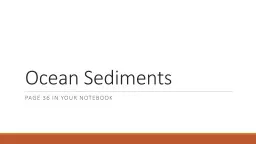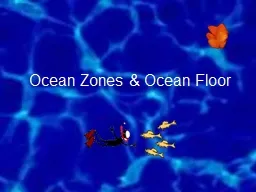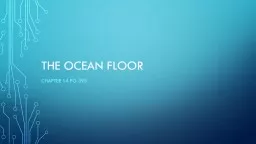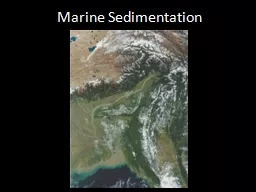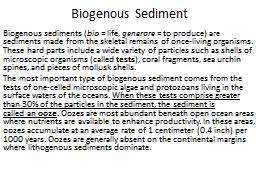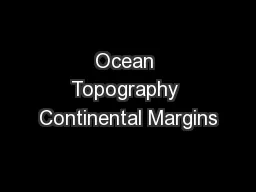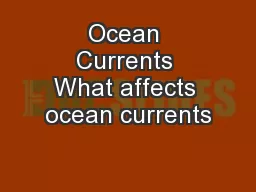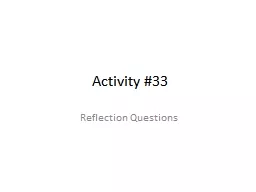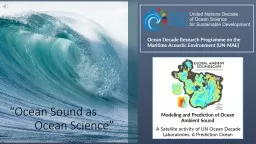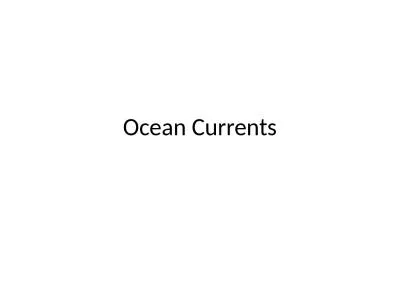PPT-Ocean Sediments
Author : kittie-lecroy | Published Date : 2017-08-21
Page 35 in your notebook Ocean Sediments Sediments are the solid particles added to the ocean from many different sources Can be classified by their size or by
Presentation Embed Code
Download Presentation
Download Presentation The PPT/PDF document "Ocean Sediments" is the property of its rightful owner. Permission is granted to download and print the materials on this website for personal, non-commercial use only, and to display it on your personal computer provided you do not modify the materials and that you retain all copyright notices contained in the materials. By downloading content from our website, you accept the terms of this agreement.
Ocean Sediments: Transcript
Download Rules Of Document
"Ocean Sediments"The content belongs to its owner. You may download and print it for personal use, without modification, and keep all copyright notices. By downloading, you agree to these terms.
Related Documents

